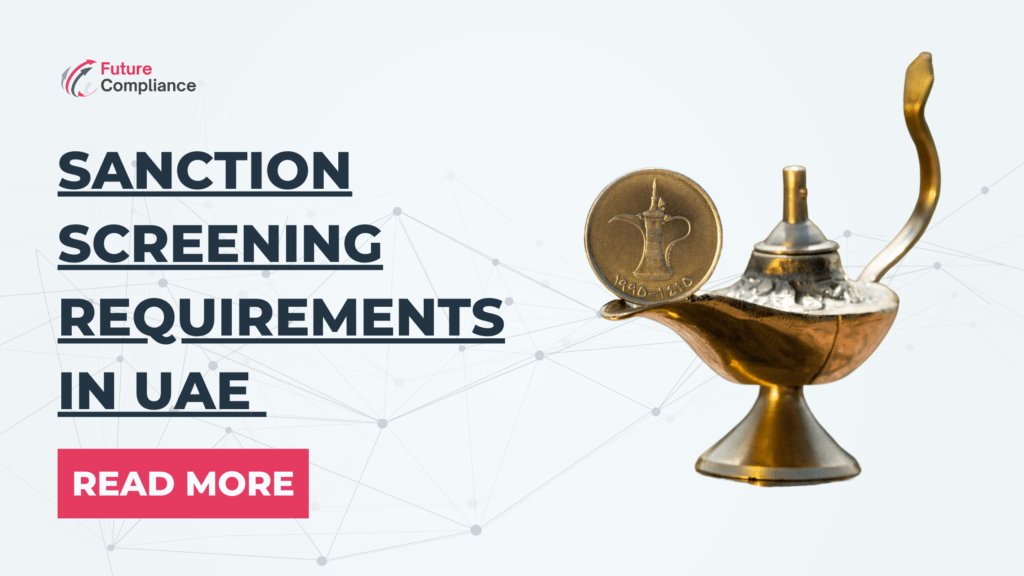Money laundering is a complex process in which criminals, initially, generate more illegal funds by hiding the origin of money gained from illegal activities like drugs, bribery, and human trafficking. The process begins, therefore, with the placement stage, where dirty money enters the financial system through transactions. Over time, criminals, consequently, use various techniques to bypass financial systems and rules, hiding the true source of the money.
Table of Contents
ToggleOnce the illicit funds are integrated, the money is made to appear legitimate. This is done by moving the funds through several layers of transactions and using other methods that make tracing difficult. It’s estimated that around $3.6 trillion is laundered globally each year, but law enforcement only seizes a small portion. By the end of the laundering process, dirty money is reintroduced into the economy, blending in with legitimate funds, often making it hard to spot.
Read More
1: Ultimate Guide: AML and CFT Tactics to Stop Dirty Money!
2: UAE’s Strategic Goals in Combatting Money Laundering
3: Anti Money Laundering in UAE: Key Insights for 2024
The Chilling Stages of Money Laundering & Terrorist Financing
Money laundering is a criminal activity designed to conceal the origin of illicit funds. The first step, known as placement, occurs when dirty currency such as drugs, narcotics, or even digital currency enters the financial system. Money launderers often use methods like online payments or purchase luxury cars, jewelry, or real estate to make the illicit funds appear legitimate. The goal is to disguise black money, making it look like it has a lawful source.
First Stage: Placement
Next comes the layering stage. Here, money launderers hide the true nature of the funds by using complex transactions. They move money through various accounts and assets to blur the trail and make it hard to trace. This process also involves creating multiple layers of transactions, often using digital assets or illegitimate enterprises. Criminals may use pseudonymous tools to further hide their tracks and maintain anonymity.
Second Stage: Layering
The final step is integration, where money launderers, ultimately, aim to use the illicit funds for legitimate purposes. They may, for instance, invest in luxury goods like cars, real estate, or other high-value assets. By doing this, they aim to make the illicit funds appear clean. In this way, the goal is to seamlessly blend the illegal money into the economy, making it indistinguishable from genuine wealth.
Terrorist financing follows a similar path. Specifically, terrorist organizations often use donations, smuggling, and criminal activities like drug trafficking to fund their operations. Moreover, these funds are stored and moved through financial systems, art, and commodities to hide their illegal origin. In fact, both terrorist financing and money laundering rely on these complex methods to make it difficult for authorities to uncover the true source of the funds.
Techniques for Conducting the Placement Stage
Smurfing Technique
Smurfing is a method used by money launderers to break down dirty money into smaller, less noticeable sums. This is done by smurfs, who are individuals that help deposit the money into different banking accounts. These deposits often happen in cash-intensive businesses such as casinos, convenience stores, or laundromats. The goal is to make it hard for financial institutions to track these transactions and stay under the reporting thresholds like the $10,000 mark.
Structuring Process
Structuring is quite similar to smurfing, but it focuses more on avoiding scrutiny by making smaller cash deposits across multiple accounts, bypassing the financial regulations meant to flag large sums. By staying just under $10,000, the launderers can launder money while evading detection. This method is common among money launderers who want to stay under the radar and avoid financial crime alerts.
Using Shell Companies
Another technique used is setting up shell companies, which are fake businesses that are created just for this purpose. Money launderers deposit dirty money into these fake businesses, and then transfer it to a real business. This helps make the funds look legitimate and blend in with the legitimate revenue of the real business. The ease of doing this increases in areas with weak financial regulations or weak compliance.
Cryptocurrency Transactions
With the rise of cryptocurrency, money launderers have, consequently, found ways to use cryptocurrency for laundering money. Bitcoin ATMs and unregulated exchanges are commonly used, as they allow launderers to buy crypto using dirty money. In 2022 alone, approximately $23.8 billion in cryptocurrency was transferred through illicit addresses. This process is often, in fact, done through peer-to-peer transactions, where crypto is exchanged for cash or vice versa.
High-Value Purchases
High-value purchases like luxury cars, jewelry, or real estate are often used to introduce dirty money into the financial system. Launderers first buy these items with cash, then resell them, receiving payments electronically. This method is a popular way to make illicit funds appear as legitimate legitimate cash, and it helps launderers blend their dirty money into the financial economy.
Cash-Based Businesses
Cash-based businesses, such as bars, restaurants, or laundromats, are ideal for money launderers. The influx of legitimate cash helps mix in the dirty money without raising suspicion. As a result, it becomes increasingly difficult for financial institutions or law enforcement to trace the origin of the illegal funds.
Consequences of the Placement Stage
Weakening Financial Systems
Money laundering weakens financial institutions, making them vulnerable to abuse and criminals. This undermines the integrity of the financial systems and can cause long-term damage to economic growth and public trust.
Increased Reach of Criminals
Laundered money helps criminals fund dangerous crimes and terrorism, increasing their reach. This impacts society’s stability and puts everyone at risk.
Impact on Financial Stability
When illicit funds infiltrate the system, financial vulnerability rises, causing more economic growth challenges. This leads to destabilizing effects that threaten the safety and well-being of society.
Final Thoughts
Understanding how money laundering works is essential for protecting the integrity of global financial systems. Launderers use various methods to place funds and funnel illicit money into legitimate systems. The main goal, ultimately, is to hide the illegal nature of the funds. By doing this, they, therefore, make it harder to detect. Financial systems, as a result, need to fight these activities to maintain their stability. This fight, in fact, includes tackling terrorist financing and organized money laundering, which are widespread problems. To stop this, it’s crucial, above all, to understand these techniques and address the pervasiveness of the issue.




